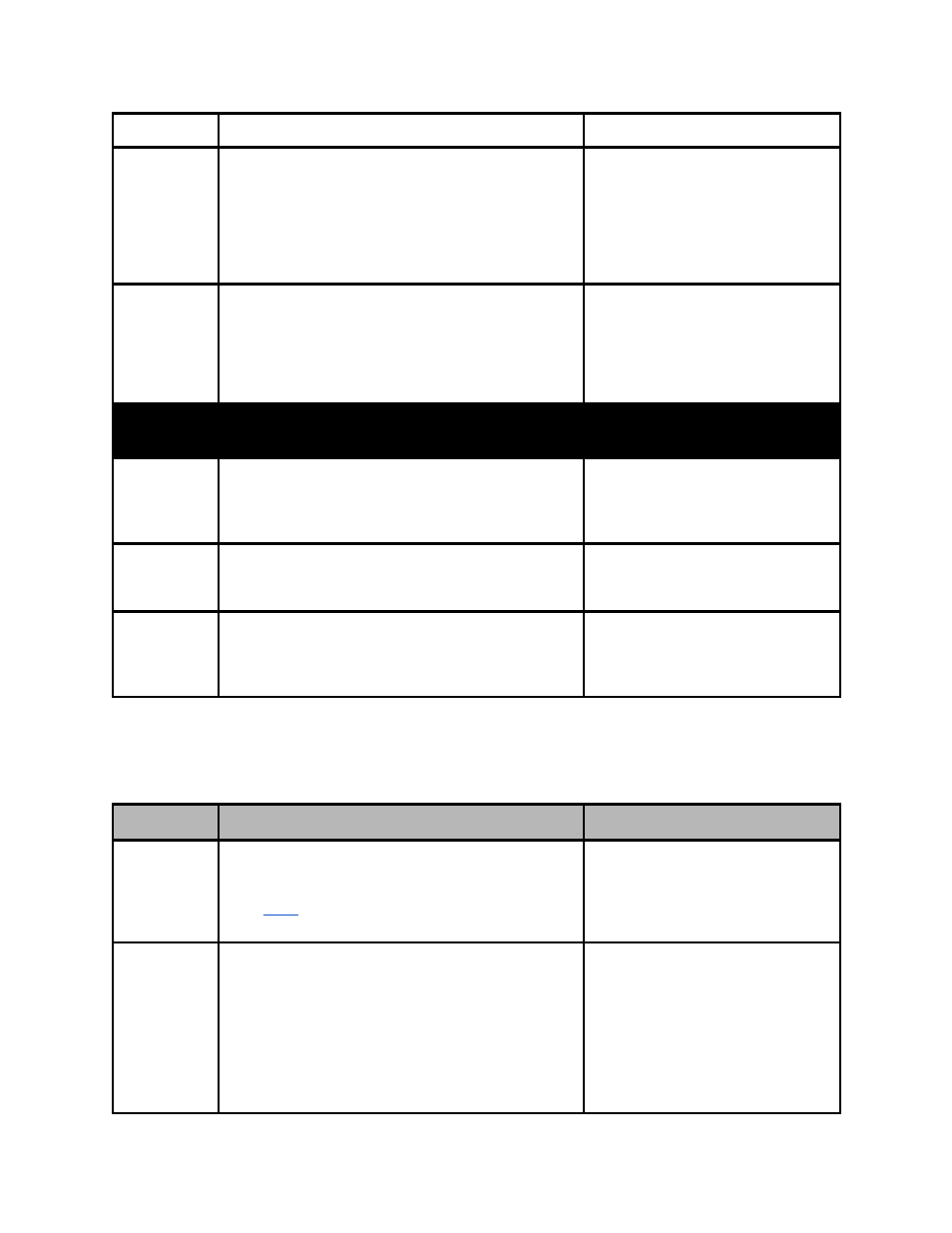Rf rx menu (lb l-band), Menu, L - band – Adtec digital RD-70 (version 1.02.04) Manual User Manual
Page 16

configurations.
LNB Polarity
This control is primarily used in “Universal” LNB
applications. The LNB Polarity control allows for
LNB polarization selection; the 13VDC source will
select the Vertical polarity and the 18VDC source
will select the horizontal polarity. For typical “C”
and “Ku” band applications, the 18 VDC option is
recommended.
H(18V)
V(13V)
LNB Tone
This control is used only for Universal LNB
applications. A universal LNB can route the high
or low band from either polarity to the IRD. The
high band is selected by enabling the 22 kHz
tone and the low band is selected when the 0 Hz
tone is enabled.
0KHz
22KHz
Profile
Menu
Save
Allows user to save currently running RF
configuration to a profile. Press <select> then
use keypad for custom name entry. Press
<enter> to confirm name and save profile.
Select
Allows user to load profile from list. Press
<select> then <up> and <down> arrows to list
profiles. press <enter> to load selected profile.
Delete
Allows user to delete profile from list. Press
<select> then <up> and <down> arrows to list
profiles. press <enter> to delete selected
profile.
RF Rx Menu (LB L-Band)
Item
Function
Options
Tuner State
Enables or Disables RF input.
note: When RF1 and RF2 are both enabled,
maximum tuner performance is affected. Please
in Appendix A for symbol rate and
modcod resource limitations.
DISABLED
ENABLED
Downlink
Allows the operator to enter the satellite
downlink frequency. The value for the Downlink
frequency is used with the Local Oscillator
frequency to calculate the L-Band frequency. The
Downlink and Local Oscillator frequencies can be
used to determine if spectrum inversion occurs
using the following rules. If the Downlink
frequency is less than the Local Oscillator
frequency, then spectrum inversion does occur.
Range dependent upon LO
configuration
- signEdje (version 02.07.09) Quick Start mediaHUB-HD 422 (version 1.01.10_M_2) Quick Start mediaHUB-HD Pro (version 03.07.19) Quick Start YUV2QAM (version 01.02.01) Quick Start EN-30 (version 1.02.02) Quick Start EN-81 (version 2.02.28) Manual EN-80 (version 2.02.28) Manual EN-100 (version 2.00.31) Manual EN-91 / EN-91P (version 1.02.29) Manual RD-60 (version 1.13.02) Manual